Our fascination with death as a species manifests through the beliefs and stories we have about the afterlife. Not all ghosts are the same though. While we often think of disembodied spirits with a white sheet over them, the origins and tales of ghosts can be much more violent and frightening. These tales differ depending on what part of the world you may be in as every culture has their own interpretation and versions of what happens after we die. Today we’ll look at the spookiest and most interesting ghosts and ghost stories from all over the world.
Here are 25 Ghost Stories from Different Cultures.
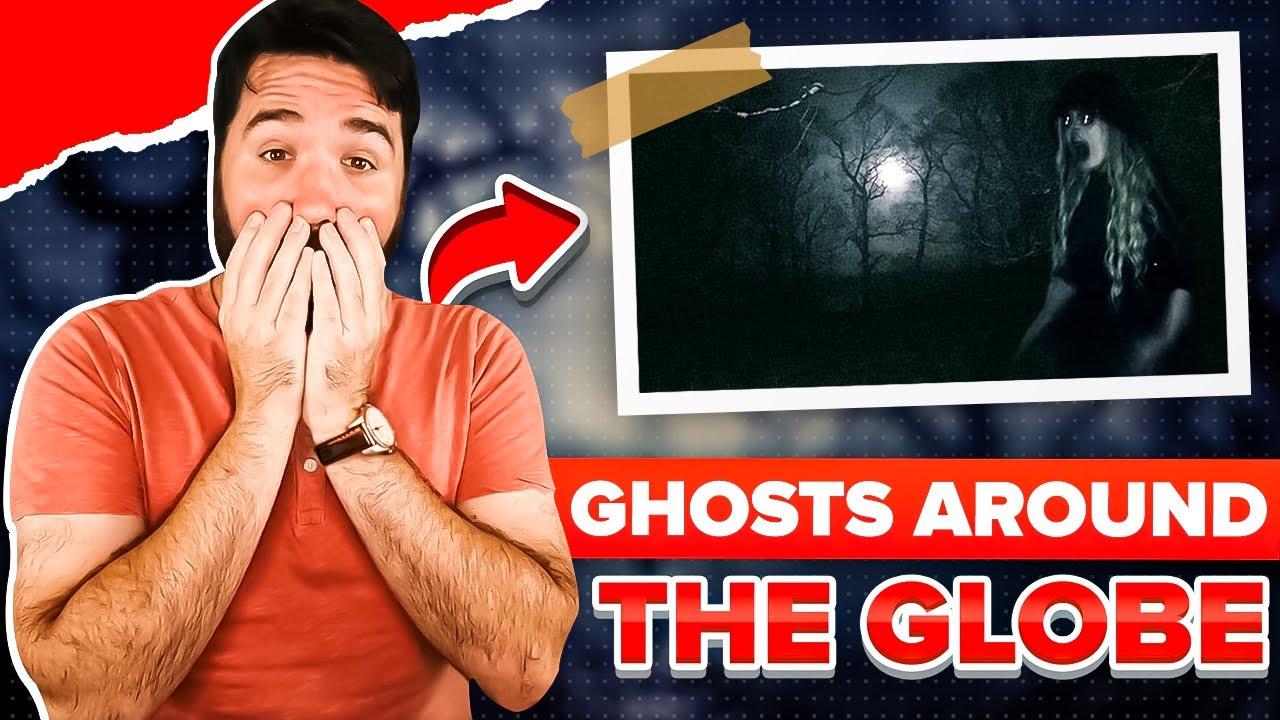
The Pontianak
 https://www.secret-retreats.com/blog/general-info/6-famous-ghost-stories-from-around-asia.html
https://www.secret-retreats.com/blog/general-info/6-famous-ghost-stories-from-around-asia.html The ‘Pontianak’ (or ‘Kuntianak’) is a swamp-dwelling vengeful spirit in Southeast Asian culture that takes the form of a beautiful woman. The Pontianak preys on men, children, and vulnerable souls that wander into the swamp. Believed to be the spirit of a woman who died in childbirth or a violent death, they are one of the most powerful and feared spirits of Indonesian and Malaysian folklore.
A famous Pontianak legend tells of a man settling near a swamp where Pontianak calls home despite the warnings of the locals. During the construction of the town, the Pontianaks made their presence known with multiple attacks on builders. They fired cannons into the swamp in an effort to destroy the Pontianak’s nest and managed to kill the spirits.
The Pishacha
![V0029917 Two men digging a grave in a Hindu burial ground with a grou
Credit: Wellcome Library, London. Wellcome Images
images@wellcome.ac.uk
http://wellcomeimages.org
Two men digging a grave in a Hindu burial ground with a group of men standing behind them, during the epidemic of plague in Bombay. Photograph attributed to Captain C. Moss, 1897.
1897 By: C MossPublished: 1897?]
Copyrighted work available under Creative Commons Attribution only licence CC BY 4.0 http://creativecommons.org/licenses/by/4.0/](https://list25.com/wp-content/uploads/2023/09/Two_men_digging_a_grave_in_a_Hindu_burial_ground_with_a_grou_Wellcome_V0029917-610x486.jpg) https://www.secret-retreats.com/blog/general-info/6-famous-ghost-stories-from-around-asia.html
https://www.secret-retreats.com/blog/general-info/6-famous-ghost-stories-from-around-asia.html The Pishacha is a vampire-like spirit in Hindu theology and is believed to feast on the flesh of the living and dead. According to the theology, they have a particular fondness for feeding on pregnant women. They are described as having a human-like form with protruding red eyes and bulging veins all over their bodies. They are known to haunt cremation and burial grounds, abandoned homes, and places where violent deaths have occurred.
They are said to have existed since the beginning of time; they are believed to possess the paranormal ability to become invisible and to shapeshift, assuming any form at will. These spirits can possess minds, driving their possessed humans to negative thoughts and behaviors then they feed on the conflict and misery that arises in their host as a result.
The Daughter of Hui Bi Hua
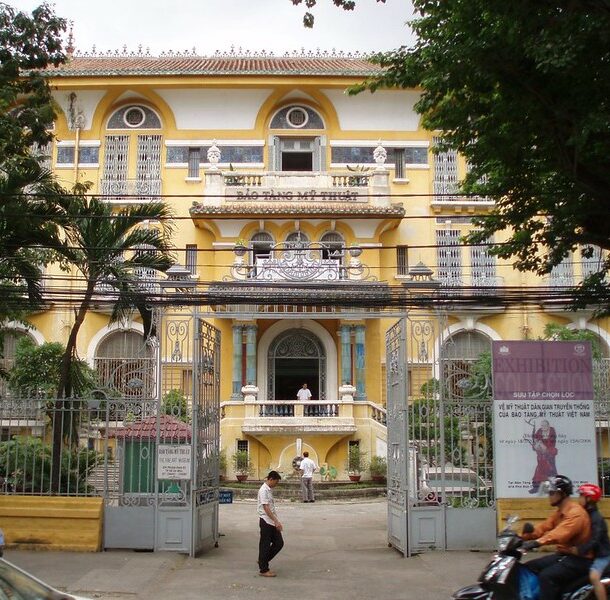 https://www.secret-retreats.com/blog/general-info/6-famous-ghost-stories-from-around-asia.html
https://www.secret-retreats.com/blog/general-info/6-famous-ghost-stories-from-around-asia.html The Daughter of Hui Bi Hua is a Vietnamese legend of the ghost of a young girl who roams the corridors of what is now the Ho Chi Minh City Museum of Art, which was home to the family and business of Hui Bi Hua, an extremely wealthy realtor who owned about 20,000 properties in the city.
The legend says that she contracted leprosy during a city-wide epidemic and was confined to her bedroom on the upper floor. They kept her locked in her room for years and eventually, the loneliness and misery of isolation drove her insane and she took her own life. Since then, many people have reported seeing the ghostly figure of a woman roaming the halls of the building and hearing the sounds of someone crying in the middle of the night.
Mae Phae Wah, The Yellow Ribbon Lady
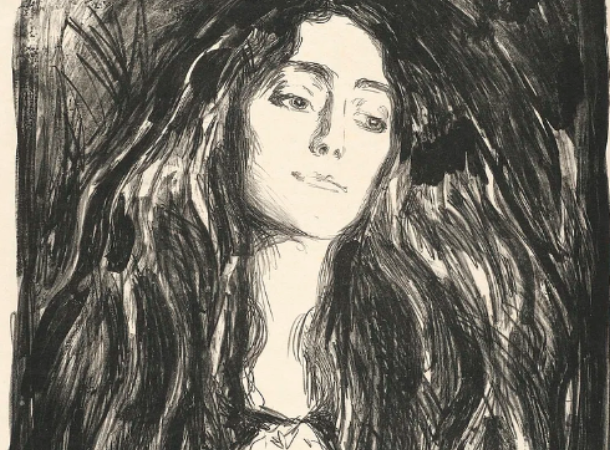 https://www.secret-retreats.com/blog/general-info/6-famous-ghost-stories-from-around-asia.html
https://www.secret-retreats.com/blog/general-info/6-famous-ghost-stories-from-around-asia.html Ma Phae Wah is a spirit known in Myanmar as a Nat which is the Hindu and Buddhist equivalent to a harbinger of death. Ma Phae Wah is known as a guardian of cemeteries and graveyards in Myanmar. She takes a human form and appears as a woman with long flowing black hair. In the dead of night, she brings a coffin to the doorstep of doomed souls and before long someone in that household falls ill and dies.
Her spirit has been known to have a particular interest in the souls of young children and there is at least one account of her sending visions to a monk confessing her desire to eat babies.
Preta
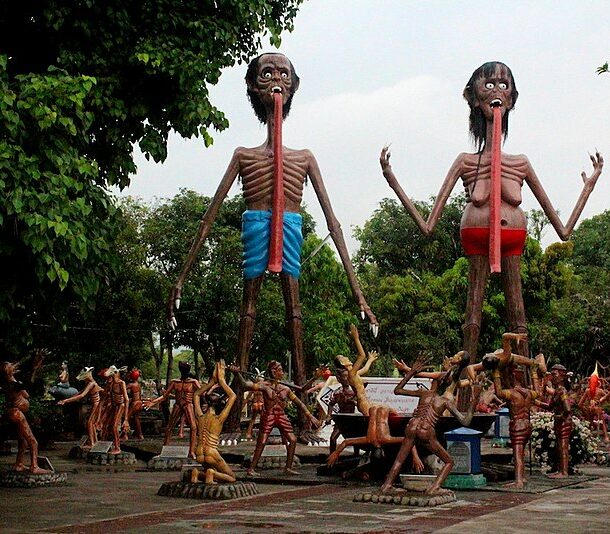 https://www.secret-retreats.com/blog/general-info/6-famous-ghost-stories-from-around-asia.html
https://www.secret-retreats.com/blog/general-info/6-famous-ghost-stories-from-around-asia.html A Preta, from Thailand, is the ghost of people who were greedy or took advantage of people in life. They are doomed to forever wander the world with an insatiable hunger, typically for something completely unappetizing. We’ll leave what that may be to your imagination because some of the examples are quite disgusting. They are said to have long necks, lean bodies with a distended pot belly, dark skin, and hands as big as palm leaves. They are very tall and have an extremely small mouths, making it even harder to satiate their hunger.
While they are typically invisible to the human eye, they are said to make a sound that has been described as a high-pitched whine and there are regularly reported sightings of Preta in Thai media to this day.
The Black Dog
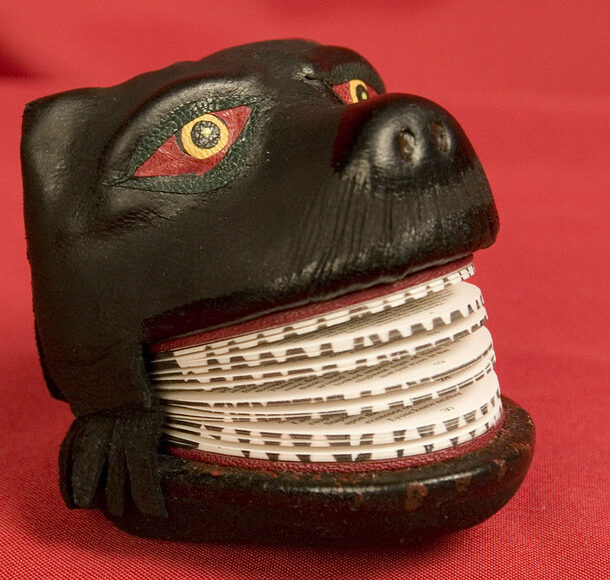 https://villains.fandom.com/wiki/Black_Dog_(folklore)
https://villains.fandom.com/wiki/Black_Dog_(folklore) The Black Dog is the name given to a ghostly image of a dog found primarily in the folklore of the British Isles. It’s said to be an omen of death as those who see it are said to die shortly after the encounter. It’s larger than a normal dog and often has large, glowing red eyes.
The origins of the Black Dog are unknown but some of the most famous fiction about the Black Dog includes Arthur Conan Doyle’s “Sherlock Holmes” novel The Hound of the Baskervilles and even the likes of Harry Potter and the Prisoner of Azkaban.
Banshee of Ireland
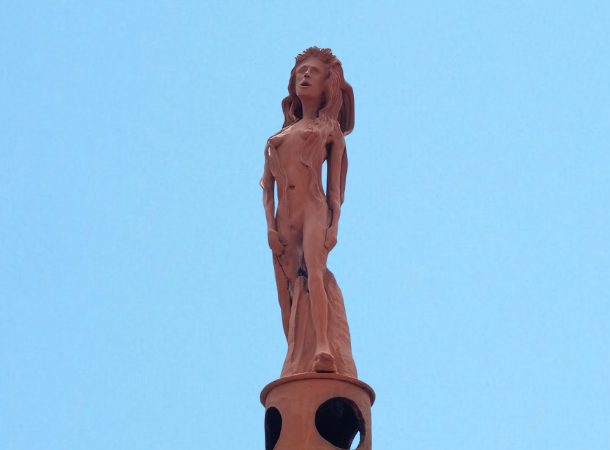 https://www.yourirish.com/folklore/banshees-in-ireland
https://www.yourirish.com/folklore/banshees-in-ireland The fae-like Irish folklore of the banshee has been passed down for generations. While the tales have changed over the course of centuries, some legends claim that the Banshee is the ghost of a young woman who was violently killed. The death being is so horrible, that the banshee now watches families and loved ones warning them of impending death.
According to folklore, the Banshee can take many forms but in Ireland, they have been most commonly seen as either beautiful, young women with long, flowing silver/white (sometimes red) hair or as an old woman in rags with dirty gray hair, long fingernails, and sharp-pointed rotten teeth. Both descriptions also give the Banshee eyes which are noticeably red from crying so much.
Dullahan
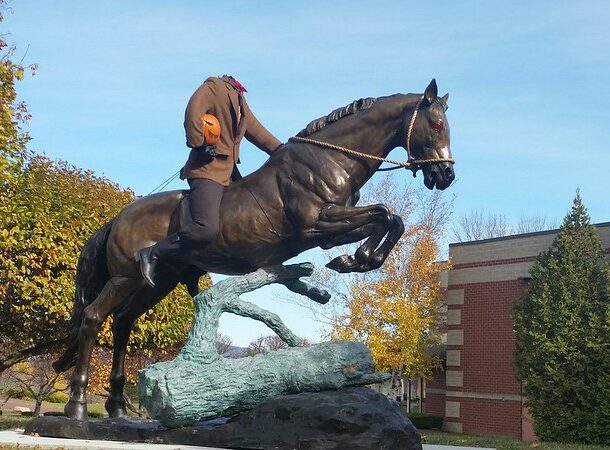 https://mythus.fandom.com/wiki/Dullahan
https://mythus.fandom.com/wiki/Dullahan The Dullahan is a fairy and spirit in Irish folklore and is likely the predecessor to the more commonly known headless horseman in American folklore as they share a similar description. Unlike the Banshee of Ireland, the Dullahan summons a soul that has already died rather than act as a warning.
Much like the headless horseman, the Dullahan rides on the back of a massive black horse and carries its severed head at its side. The Irish Dullahan rides after midnight during certain Irish festivals and people in Ireland still to this day stay at home with the curtains drawn after these festivals which tend to occur around the end of August or early September.
Dybbuks
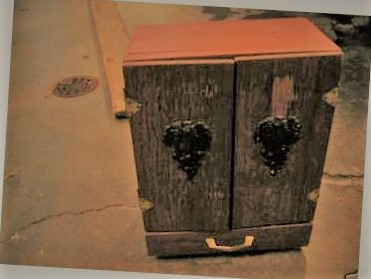 https://facts.net/types-of-ghosts/
https://facts.net/types-of-ghosts/ The Dybbuk is a type of ghost from Jewish folklore that typically involves the soul of a dead person which remains in the world over past regrets. Dybbuks try to possess the living to try and act on those regrets. Some dybbuks become outright malevolent, possessing people to gain revenge for past slights, but some have been known to have benevolent goals and some Jewish mystics even allow themselves to be possessed by the spirit.
That said, all dybbuks tend to pass on once they achieve their goals, whether they are meant for good or harm. As their intent may not always have positive results, there are Jewish rituals to exorcize the spirit.
Gjengangere
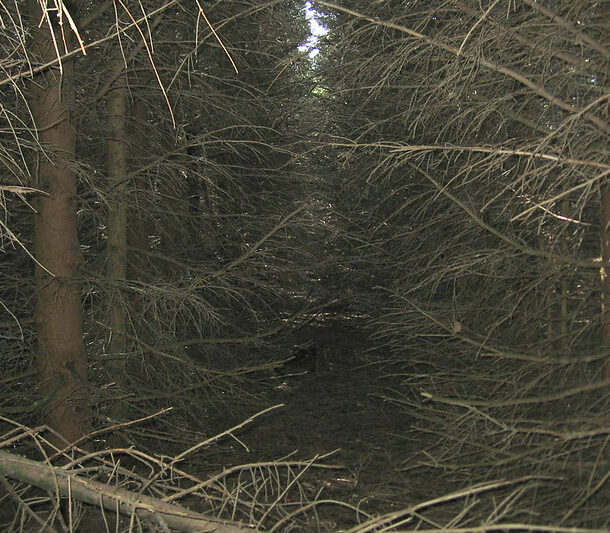 https://facts.net/types-of-ghosts/
https://facts.net/types-of-ghosts/ Gjengangere is a type of ghost from Scandinavia. They are restless spirits of dead people who seek to drag more people into the grave with it. Most gjengangere are murderers or their victims. Some gjengangere, on the other hand, are people who died with deep and lifelong regrets.
Unlike other types of ghosts, gjengangere appear completely lifelike and are often confused for the living. In fact, Scandinavian folklore focuses less on appeasing the spirit and more on keeping the dead from becoming one. The best way to prevent someone from becoming one of these spirits is by performing proper traditional Christian funeral rites.
Krahang
 https://facts.net/types-of-ghosts/
https://facts.net/types-of-ghosts/ The Krahang is a type of ghost from Thailand that manifests as a shirtless man flying around at night with a pair of rice baskets. It attempts to find people walking alone, which the krahang then attacks. However, in the daytime, the Krahang is able to pass itself off as a living person.
The krahang’s legend roots itself in traditional oral Thai folklore. However, scholars note that it has a modern name. The legend has also become repeatedly used in Thai media in recent years. One such instance was in 2017 when supposed sightings of a krahang were pointed to as the culprit of a string of attacks that took place in Northern Thailand. This led locals to hold traditional exorcism rites, which supposedly failed to drive away the krahang.
La Llorona
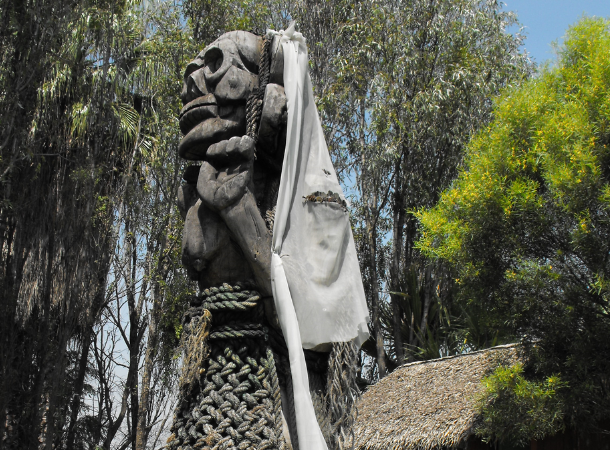 https://facts.net/types-of-ghosts/
https://facts.net/types-of-ghosts/ La Llorona has its roots in Mexican folklore. The legend traditionally goes that a woman marries a rich man and has two children with him but one day she spots him with another woman and retaliates by drowning her children. After realizing what she’s done she then drowns herself as well. This results in the spirit of the woman being cursed to wander the Earth searching for the children she drowned.
This spirit has appeared in many different forms of media with varying names and origins but the base always comes back to the original Mexican folklore.
Mae Nak
 https://facts.net/types-of-ghosts/
https://facts.net/types-of-ghosts/ Mae Nak is a female type of ghost from Thailand and its origins supposedly took place in the late 19th century, during the reign of King Rama IV.
The story goes that a man named Mak once married a woman named Nak and got her pregnant. Before she could give birth, Mak joined the army and went off to fight in a war. She gave birth in his absence but died along with her child before Mak could return home. When Mak eventually did make it home, he was welcomed by the spirits of his dead wife and child. When he realized their true nature, he fled to a temple where Nak couldn’t enter. Nak’s spirit retaliated by terrorizing the locals until an exorcist attempted to trap her, ultimately failing.
Today, a shrine stands in Bangkok in Mae Nak’s memory, in the hopes of appeasing the spirit, and allowing her to move on.
Nang Takian
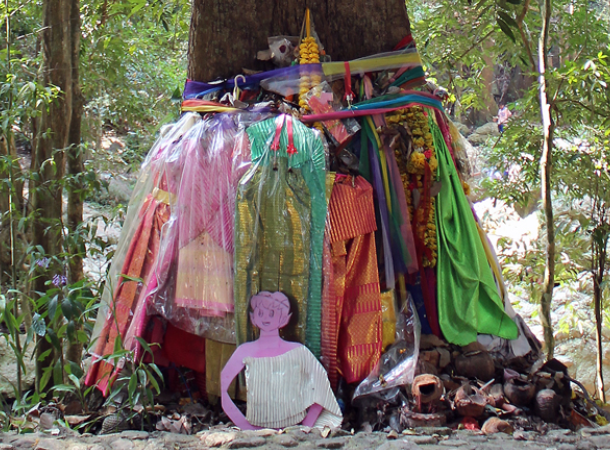 https://facts.net/types-of-ghosts/
https://facts.net/types-of-ghosts/ The Nang Takian is a type of ghost in Thailand that acts as a guardian spirit of ta-khian trees. Should you not defile these types of trees, then you have nothing to fear from this spirit, however, should you disrespect these trees, you will incur the Nang Takian’s wrath.
It’s said that those who live in houses made from ta-khian wood are doomed to suffer bad luck or experience other supernatural phenomena. However, these spirits are said to sometimes make exceptions for Buddhist monks, so long as they perform specific rituals to appease the spirit.
Phi Am
 https://facts.net/types-of-ghosts/
https://facts.net/types-of-ghosts/ The Phi Am has become synonymous with the medical condition of sleep paralysis in Thailand as this ghost is said to sit on the chests of its victims in the middle of the night. This allows them to simultaneously paralyze their victims and give them nightmares. The paralysis, in particular, keeps them from jolting awake or attracting the attention of someone who might help them.
The belief and cultural impact that these ghosts have had on Thai culture is so great that medical professionals in Thailand have actually adopted the term as a synonym for sleep paralysis.
The Pocong
 https://www.stronghold-nation.com/history/myth/pocong
https://www.stronghold-nation.com/history/myth/pocong The Pocong is a ghost from Malaysian and Indonesian culture, and to properly understand what it is, we must first learn a little about some cultural funeral rites. The tradition in this part of the world, when someone dies, is to wrap them in a funerary cloth known as a Shroud. They are tightly wrapped in this shroud and only the face is left ”open,” the top tied off in a bow.
They are left in this Shroud for a little over a month, at which point the shroud must be removed from the corpse. Should the shroud not be removed, the spirit remains stuck in its rotting body and haunts the family members who failed to take proper care of it. They use their disgusting form and horrid smell to harass their loved ones until someone goes and unwraps them.
Yuki-Onna
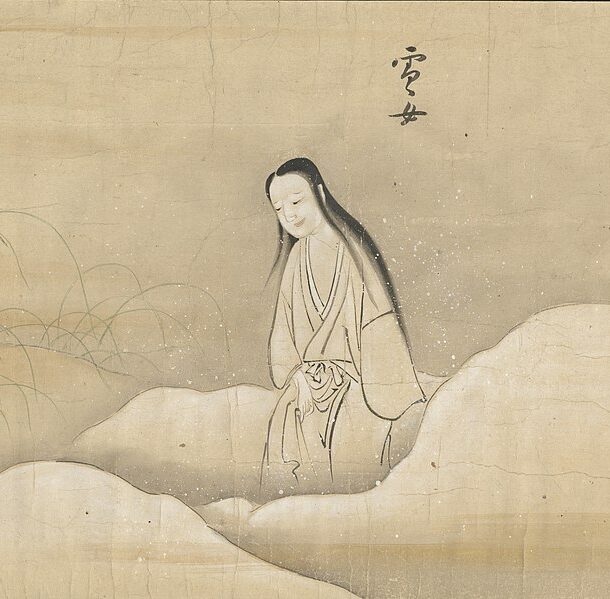 https://blog.gaijinpot.com/7-scariest-japanese-ghosts-and-ghouls-to-haunt-your-dreams/
https://blog.gaijinpot.com/7-scariest-japanese-ghosts-and-ghouls-to-haunt-your-dreams/ The legend of the Yuki-Onna comes from Japanese culture and the term is translated to “Snow Woman.” It appears as a pale white woman with long black hair who walks in snowy terrain. If you see this figure out in the snow, you’ll be able to tell that it’s a spirit because they don’t leave footprints behind them.
The Yuki-Onna haunt this winter land because they were commonly murdered and left in the snow in life. They then haunt these snowy areas and lead men out into the frozen wilderness where they freeze to death.
Gashadokuro
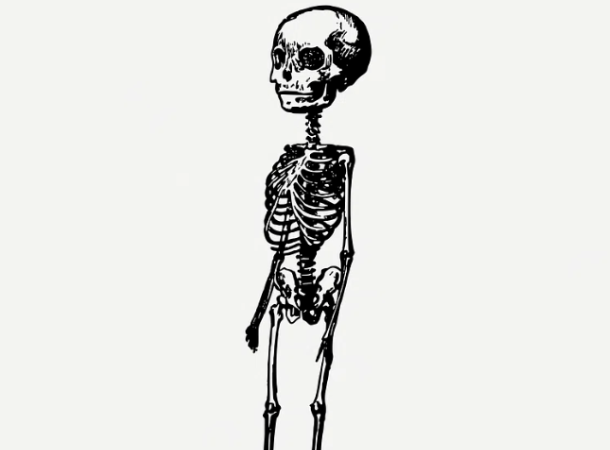 https://blog.gaijinpot.com/7-scariest-japanese-ghosts-and-ghouls-to-haunt-your-dreams/
https://blog.gaijinpot.com/7-scariest-japanese-ghosts-and-ghouls-to-haunt-your-dreams/ Gashadokuro translates to starving skeleton and it’s an apt description. This lingering spirit forms in places where there is a mass of skeletons, usually a village after a bout of famine or disease. Because they died without a proper burial or funeral rites, the souls and bones come together to form one giant skeleton that is roughly 15 times the size of an average person. The skeleton will then feed on lone travelers, usually by biting their heads off and feasting on their bones.
Kuchisake-onna
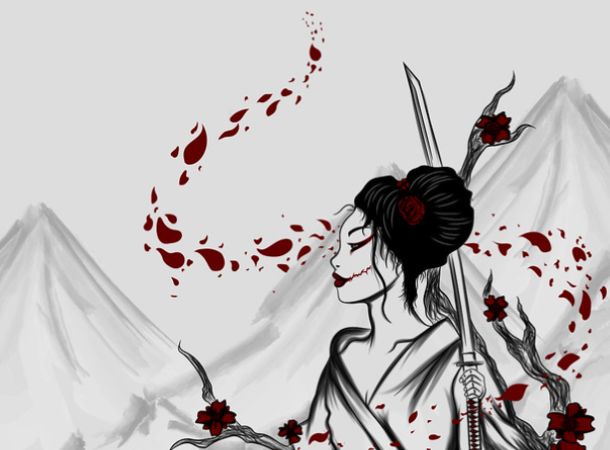 https://blog.gaijinpot.com/7-scariest-japanese-ghosts-and-ghouls-to-haunt-your-dreams/
https://blog.gaijinpot.com/7-scariest-japanese-ghosts-and-ghouls-to-haunt-your-dreams/ Kuchisake-onna literally translates to slit-mouthed woman which is exactly what this ghost is. It’s said that the kuchisake-onna is the ghost of a woman whose husband punished her for acts of adultery by slicing her mouth ear to ear.
The Japanese spirit appears as a beautiful woman wearing a surgical mask wielding some sort of sharp object, usually scissors. She will ask whoever should be unfortunate enough to come upon her if she is beautiful, a response of no will result in a swift and painful death. Those who take pity on the spirit and tell her that she is beautiful will then be made beautiful just like the young woman and she will slice their mouth from ear to ear. Either way, coming across this ghost is a death sentence.
The Flying Dutchman
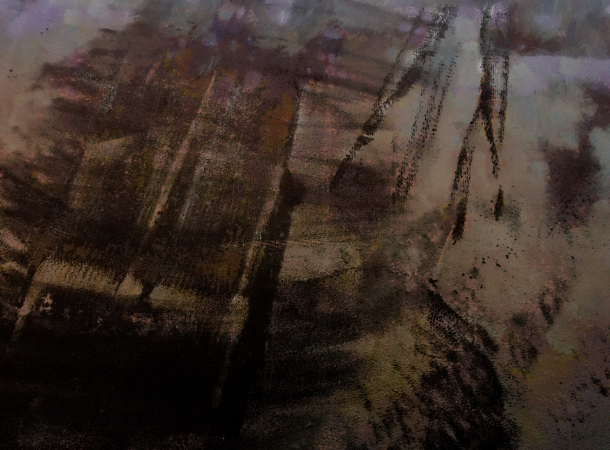 https://www.livescience.com/11364-top-10-famous-ghosts.html
https://www.livescience.com/11364-top-10-famous-ghosts.html The Flying Dutchman is the most famous instance of what is referred to as a ghost ship. These ghost ships are typically the echoes of ships that have sunk or wrecked in the ocean but the Flying Dutchman is by far the most famous.
The story has been told many times in various ways, but the original version of the tale tells of a Dutch captain named van der Decken who refused to take safe harbor during a storm while traversing the Cape of Good Hope, despite pleas from the crew and passengers. Instead he challenged the heavens to strike the ship down. Which they did, quite swiftly too. The heavens then cursed the ship to never make port again, forever sailing the high seas. While its origins are Dutch, the Flying Dutchman has been a ghost story told all over the world for centuries, each different telling adding their own variations on the original.
Skondhokatas
 https://theculturetrip.com/asia/india/articles/ghostly-bengali-legends-the-most-famous-bhoots-in-local-folklore
https://theculturetrip.com/asia/india/articles/ghostly-bengali-legends-the-most-famous-bhoots-in-local-folklore The skondhokatas are headless ghosts in Bengali folklore whose origin stories have changed as civilization has progressed. In the 19th century, they were described as being vengeful and dangerous spirits that would attack and enslave people to help them find their missing heads.
These days the skondhokatas are often said to be ghosts of people who were beheaded in railway accidents. They now haunt the train stations where they died, thankfully it is said that they can be easily tricked due to their lack of sight.
Mecho Bhoots
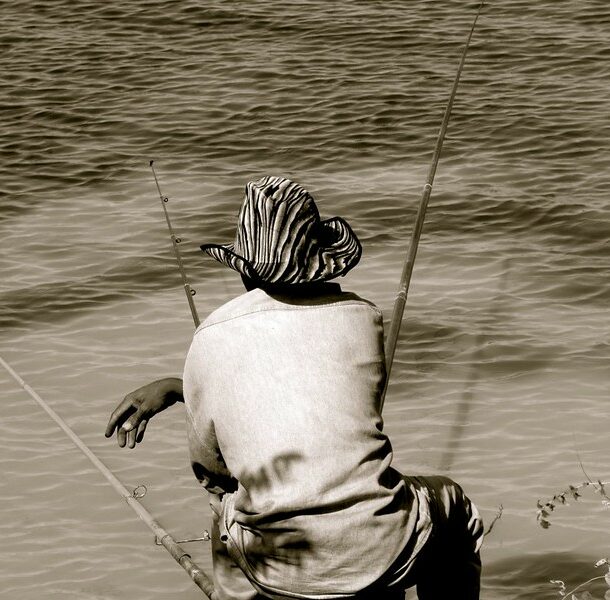 https://theculturetrip.com/asia/india/articles/ghostly-bengali-legends-the-most-famous-bhoots-in-local-folklore
https://theculturetrip.com/asia/india/articles/ghostly-bengali-legends-the-most-famous-bhoots-in-local-folklore Mecho Bhoots are the ghosts of fishermen who have drowned in Bengali culture; they are known for their insatiable hunger for fish. Thankfully these fish-loving ghosts aren’t particularly violent or vengeful, they mostly just want to eat fish.
They typically haunt lakes and ponds looking for fish but have been known to venture into nearby villages to raid kitchens for fish. There have even been sightings where they will beg fishermen and travelers for fish.
The Lost Native American
 https://www.wanderingcrystal.com/ghost-stories-and-legends-from-prague/
https://www.wanderingcrystal.com/ghost-stories-and-legends-from-prague/ Despite its name, this spirit is actually a famous ghost story in Prague. It originates from a period of time in Prague’s history when “Wild West” shows were popular. They would bring Native Americans in to play the villains in these shows for “authenticity”. One such famous actor developed lung inflammation while in Prague and fell ill. It’s said that the man wished to one day go back home so he could be buried in his homeland, but he never made it.
Because the Native American man was not a Christian, no cemetery would bury his body, and his body was disposed of in a river in an area called Na Františku. It’s said that his spirit can be seen on the river banks at sunset wishing to be returned to his homeland so he may eventually find peace.
The Iron Knight
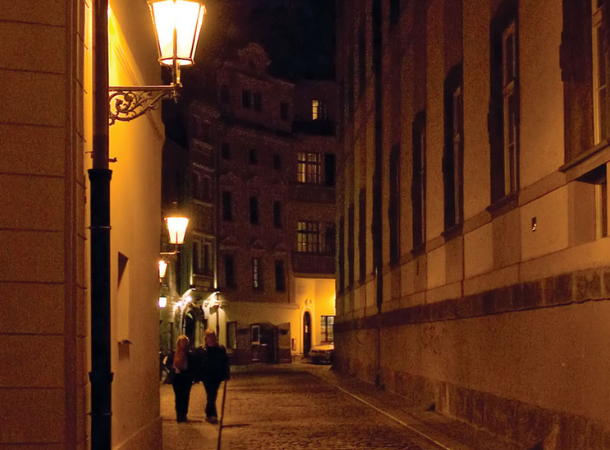 https://www.wanderingcrystal.com/ghost-stories-and-legends-from-prague/
https://www.wanderingcrystal.com/ghost-stories-and-legends-from-prague/ The Iron Knight is one of Prague’s most popular ghosts. In life, his name was Jáchym Berka, and he was a knight who fell in love with a woman before going off to war.
When he heard rumors that his love had been cheating on him he flew into a rage, returning home and murdering her. It’s said that with her dying breath, she cursed him, turning him to stone. Supposedly he now spends his life as a statue, and every hundred years, he comes to life, walking the streets of Prague, looking for forgiveness.
El Silbón
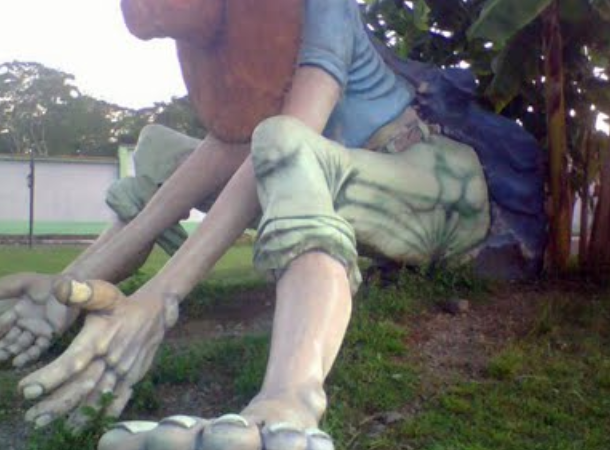 https://factschology.com/mmm-podcast-articles/el-silbon-whistling-man
https://factschology.com/mmm-podcast-articles/el-silbon-whistling-man El Silbón is a Venezuelan Ghost story that originates as far back as the 18th century. The legend tells of a pampered young boy who requested venison for dinner; his father went out hunting for the boy’s dinner but never returned. The young boy set out to find him, carrying a sack and whistling as he walked. He eventually found his father on his way back home empty-handed. His father apologized but the boy, in a blind rage, killed his father and cut away the meat from bones. He filled one sack with his father’s bones and the other with the meat. He returned home and gave his mother the meat to cook.
When his family found out what he had done, they tied him to a tree and cursed him to forever wander the woods carrying his sins on his back. It’s said that the boy now wanders the woods with a sack full of bones on his back as he whistles, if you should be unfortunate enough to come across the ghost while traveling it’s said that he’ll kill you and add your bones to the sack.
Enjoyed reading this article? Check out 25 Credible Accounts of Real Ghost Sightings.
Lists Going Viral Right Now
"Ghost Town" by johnxfire is licensed under CC BY 2.0 .



























